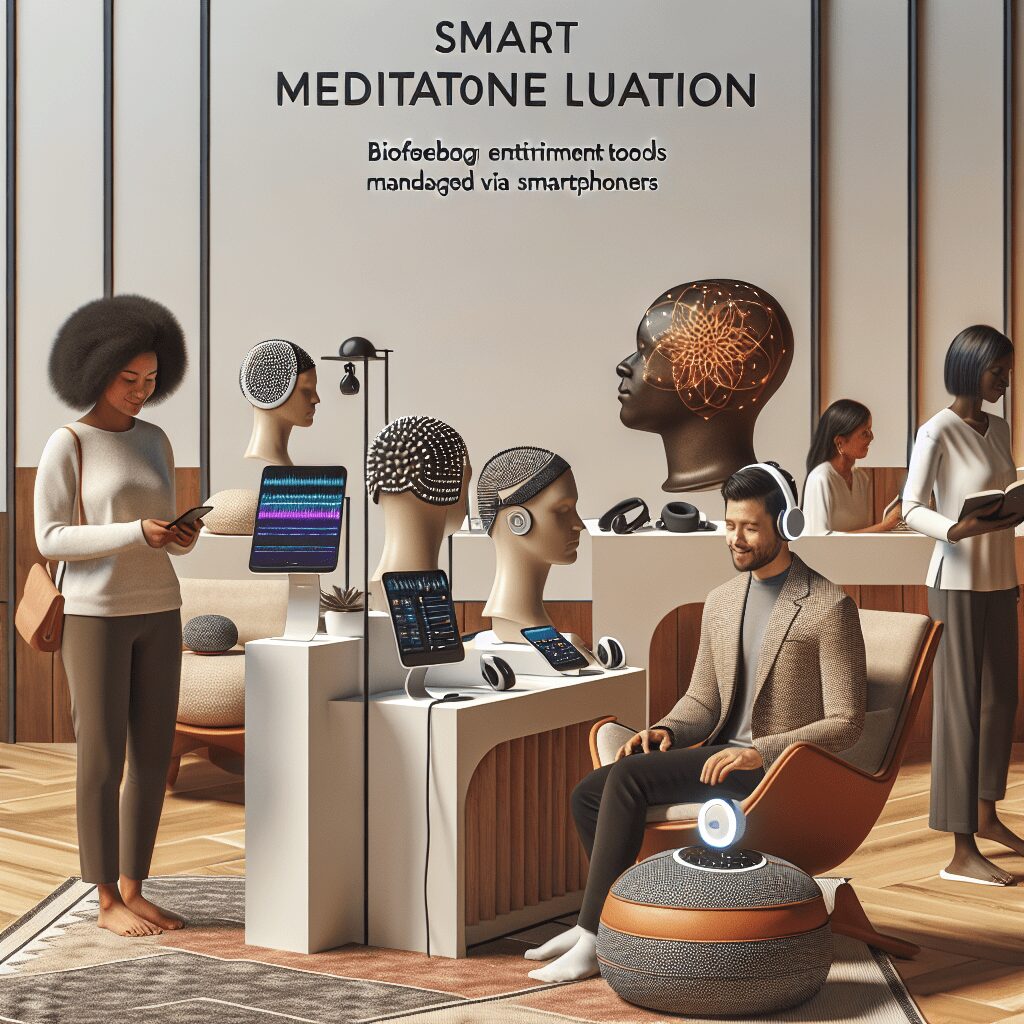
Prioritize your mental well-being daily. Enhance your life by nurturing your mental health with the Smart Meditation app. Break free from stress, alleviate anxiety, and enhance your sleep quality starting today.
How Many Antidepressants Are Available In The United States?
Navigating the Maze of Antidepressants in the U.S.
In the ever-evolving landscape of mental health care, the question of how many antidepressants are available in the United States might spark a curious mind. With the rise of awareness around mental health disorders and their impact on daily life, pharmaceutical companies have been on a relentless quest to develop medications that can alleviate symptoms and improve quality of life for those affected. Thus, the realm of antidepressants has become a cornucopia of options, each tailored to meet specific needs and chemical imbalances within the brain.
The Diversity of Antidepressant Options
As of now, the antidepressant arsenal in the United States is nothing short of impressive. With over 30 different medications available, these mood-regulating marvels fall into several classes based on their mechanism of action. Here’s a quick rundown:
-
SSRIs (Selective Serotonin Reuptake Inhibitors): These are the modern go-tos, renowned for their effectiveness and relatively manageable side effect profile. Names like Sertraline (Zoloft), Fluoxetine (Prozac), and Citalopram (Celexa) might ring a bell.
-
SNRIs (Serotonin and Norepinephrine Reuptake Inhibitors): A step up in the complexity ladder, SNRIs, such as Venlafaxine (Effexor) and Duloxetine (Cymbalta), target both serotonin and norepinephrine, offering a broader range of action.
-
Tricyclic Antidepressants (TCAs): The old guard, TCAs, like Amitriptyline and Nortriptyline, have been around since the late 50s. Although effective, their side effect profile often relegates them to a backup option.
-
MAOIs (Monoamine Oxidase Inhibitors): These are the veterans of the antidepressant world. Drugs like Tranylcypromine (Parnate) and Phenelzine (Nardil) are potent but come with a hefty list of dietary restrictions and potential interactions, making them less popular in the modern treatment plan.
-
Atypical Antidepressants: This catch-all category includes everything else that doesn’t fit neatly into the above classifications. Bupropion (Wellbutrin), which doubles as an aid for quitting smoking, and Mirtazapine (Remeron), known for its sedative effects, are prime examples.
Tailoring Treatment to the Individual
With such variety at their disposal, healthcare providers can tailor treatment plans to the individual, considering factors like the specific symptoms presented, potential side effects, and how a medication might interact with other drugs. However, this abundance of options doesn’t mean it’s a straightforward process. Finding the right antidepressant often requires a combination of patience, open communication, and a bit of trial and error.
Moreover, the advent of genetic testing for psychotropic medication response has begun to pave the way for a more personalized approach to selecting antidepressants, potentially reducing the guesswork and time needed to find an effective medication with tolerable side effects.
In the grand scheme, the wealth of antidepressants available in the U.S. underscores a commitment to addressing mental health with the gravitas it deserves. It provides a beacon of hope for those navigating the often tumultuous waters of depression and related disorders, offering various pathways toward finding relief and regaining control over their mental wellbeing.
So, while the sheer number of antidepressants might seem overwhelming at first blush, it’s a testament to the strides made in understanding and treating mental health conditions. It’s a promise that no matter the individual’s specific needs or challenges, there’s likely a medication out there that can help forge a path to a brighter, more balanced future.




